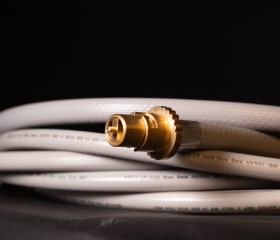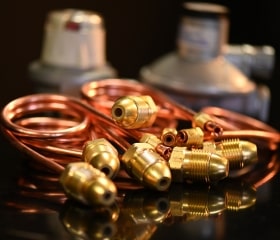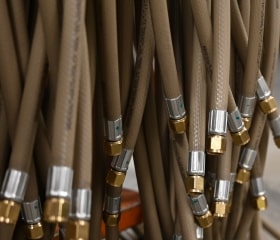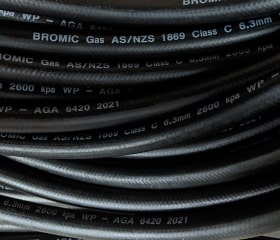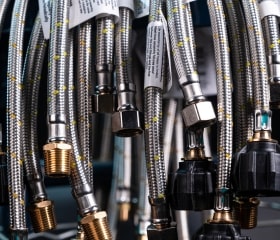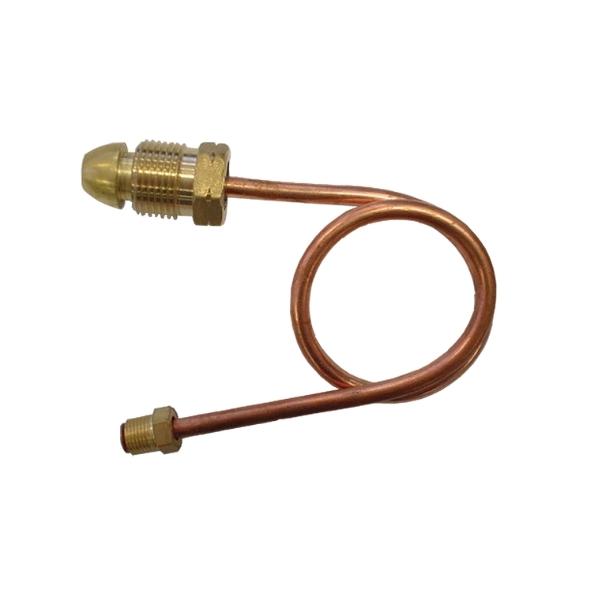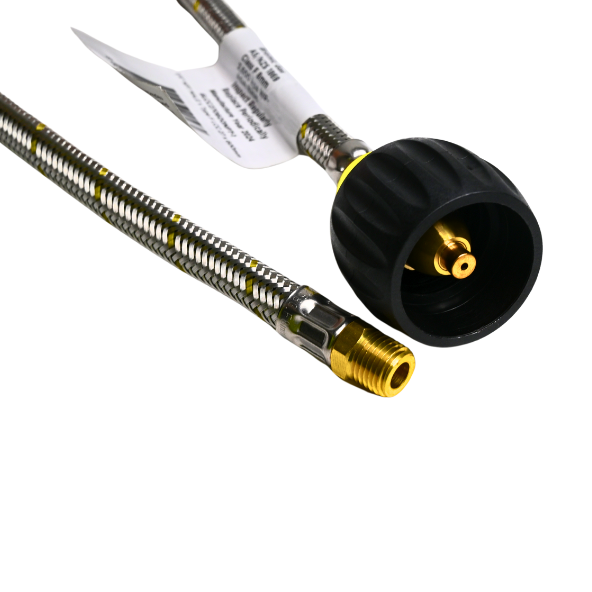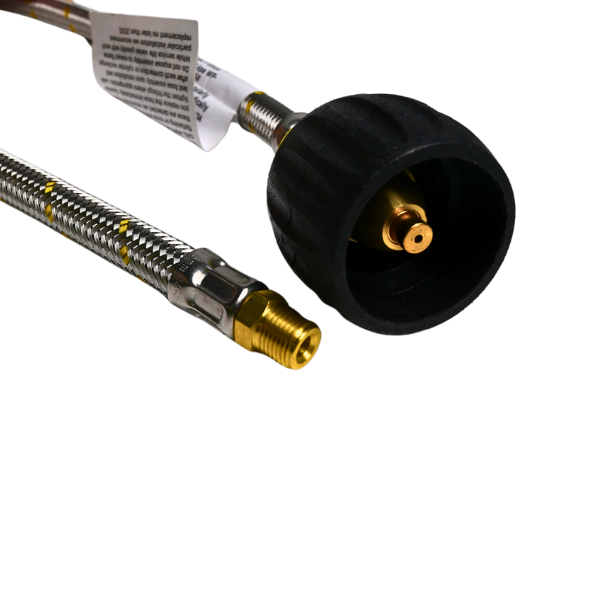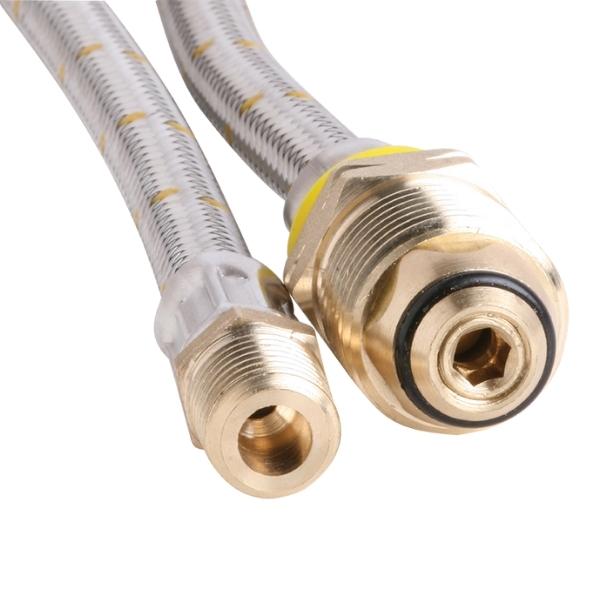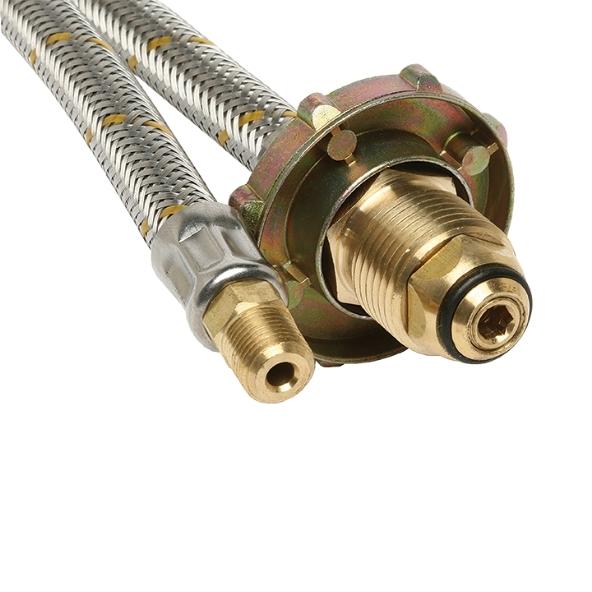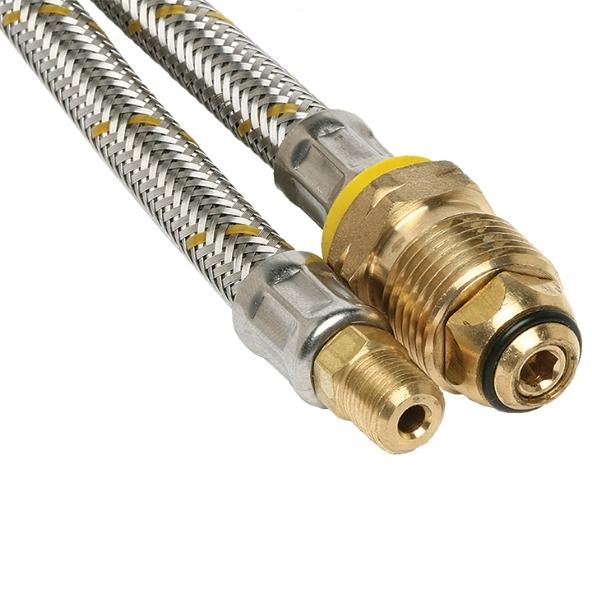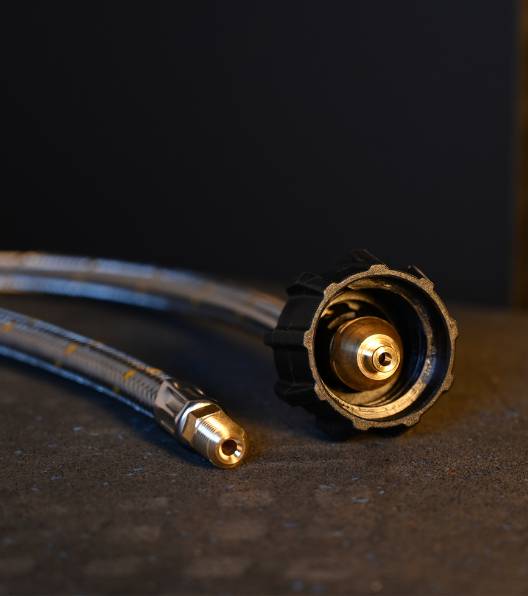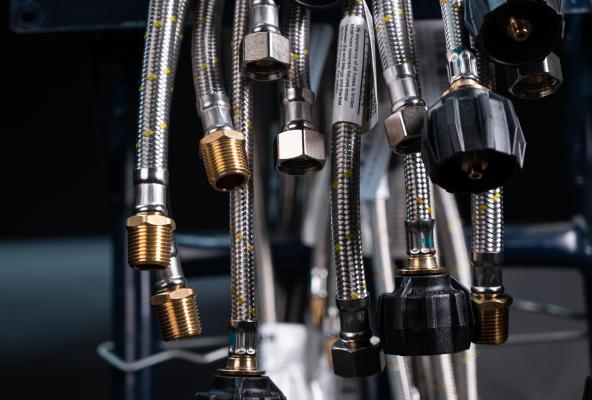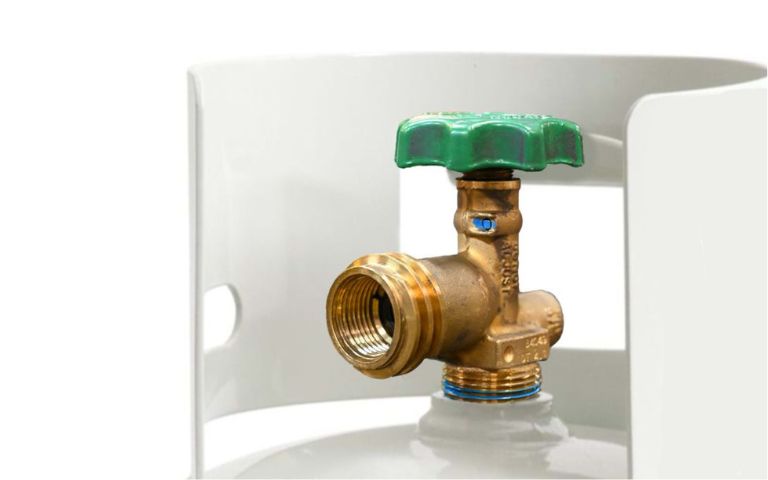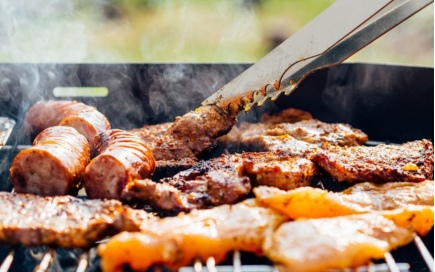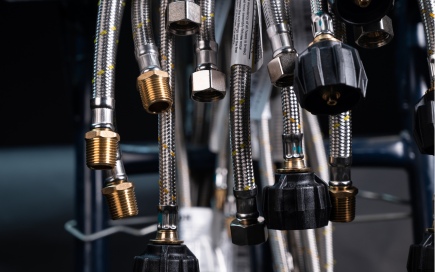
Favourites
Sign in to your account
By adding to Favourites, you can…
- Save products or resource documents you view regularly
- Save time with quick access to frequently viewed items
Please sign in or create an account to add to your Favourites.
Gas Pigtails
Filter & Sort:
All Filters
Sort by
Categories
Brands
Fuel type
Material
Hose Length (mm)
Gas Hose Class
Connection
Filter
Clear AllFilter & Sort:
Categories
Brands
Fuel type
Material
Hose Length (mm)
Gas Hose Class
Connection
-
Thread Size
-
1/4”
-
7/16"
-
-
Thread Type
-
Inverted Flare
-
LCC27
-
NPT
-
POL
-
-
Connector
-
M
-
MF
-
17 Results
- No document available.
- No document available.
- No document available.
Loading...
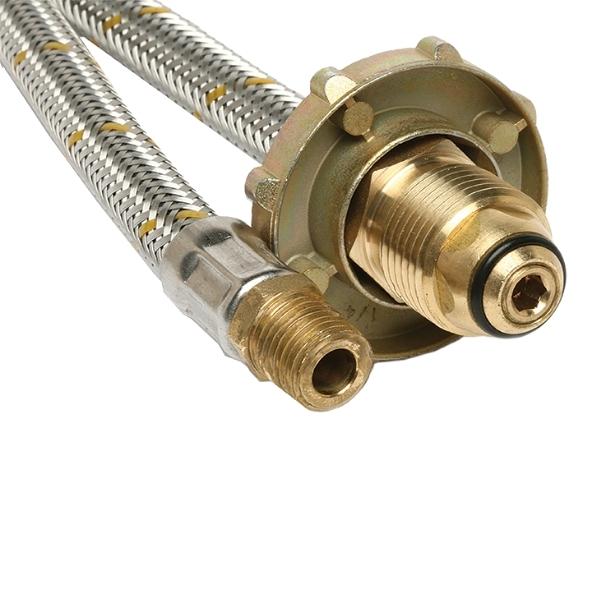
SKU: 6SHW1000
6mm Stainless Steel Pigtail 7/16-24 I/Flare x POL Hand Wheel (1000mm)

SKU: 6SHW0450
6mm Stainless Steel Pigtail 7/16-24 I/Flare x POL Hand Wheel (450mm)

SKU: 6SHW0600
6mm Stainless Steel Pigtail 7/16-24 I/Flare x POL Hand Wheel (600mm)

